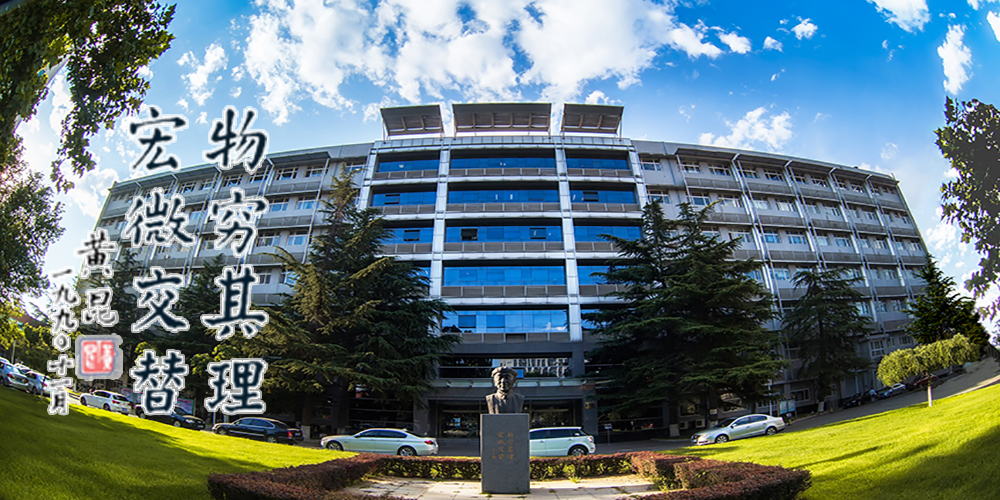Rewritable PEDOT Film Based on Water-Writing and Electroerasing
Author(s): Wu, PP (Wu, Pingping); Wei, CR (Wei, Chunrong); Yang, WJ (Yang, Wenjie); Lin, LN (Lin, Longnian); Pei, WH (Pei, Weihua); Wang, JX (Wang, Jingxia); Jiang, L (Jiang, Lei)
Source: ACS APPLIED MATERIALS & INTERFACES Volume: 13 Issue: 34 Pages: 41220-41230 DOI: 10.1021/acsami.1c09531 Published: SEP 1 2021
Abstract: Rewritable paper has greatly promoted the sustainable development of society. However, the hydrophilicity/lipophilicity of the poly(3,4-ethylenedioxythiophene) (PEDOT) film limits its application as the rewritable paper. Herein, we constructed a repeatable writing/erasing pattern on a PEDOT film (rewritable PEDOT paper) by combining wettability control, water-induced dedoping, and an electrochemical redox reaction. The treatment with a mediumpolarity/high-volatility solvent (MP/HVS) adjusted the wettability of the PEDOT film (water contact angle increased from 6.5 degrees to 146.2 degrees), contributing to the formation of a hydrophobic writable substrate. The treatment with a high-polarity solvent (HPS) induced the dedoping of anions in the PEDOT chain, resulting in the film's color changed from blue to purple and serving as a writing process. The intrinsic electrochemical redox (elimination of color change by doping/dedoping of lithium ions in the PEDOT chain) of the PEDOT film enabled the erasing process. This writing/erasing process can be repeated at least 10 times. The patterned PEDOT film maintained excellent stability to standing diverse solvents (low-polarity solvent (LPS) and MP/HVS), high temperatures (350 degrees C), and irradiation of different light wavelengths (wavelengths of 365, 380, 460, 520, and 645 nm). Additionally, the conductivity of the PEDOT film was quantitatively measured (impedance: LPS, increased 8.84%; MP/HVS, decreased 6.67%; and HPS, increased 27.97%) by fabricating a micropatterned PEDOT electrode. This work will provide a method for the fabrication of PEDOT-based optoelectronic functional materials.
Accession Number: WOS:000693050200101
PubMed ID: 34410101
ISSN: 1944-8244
eISSN: 1944-8252





